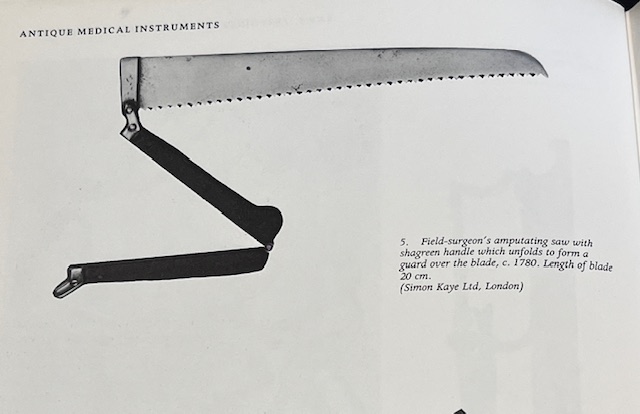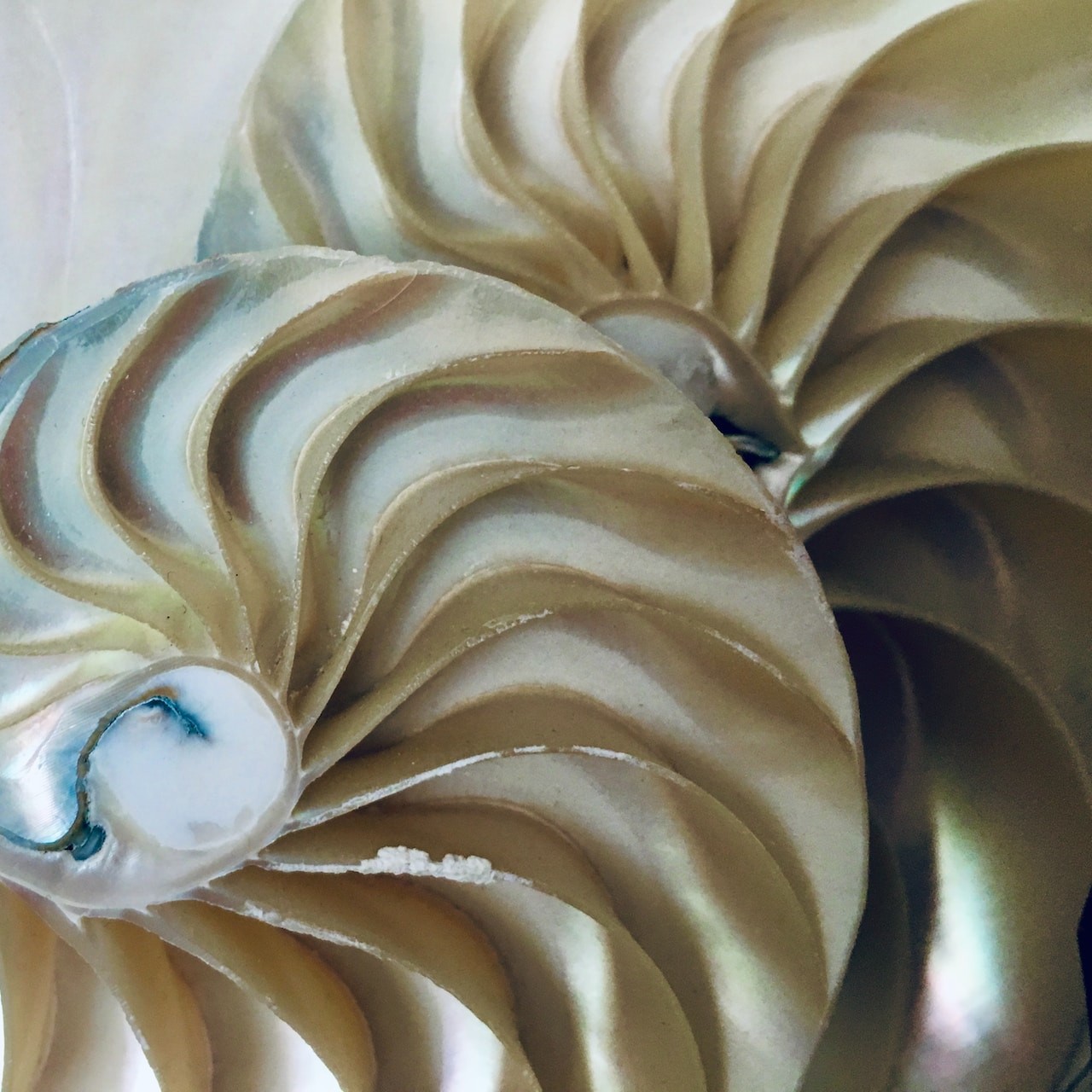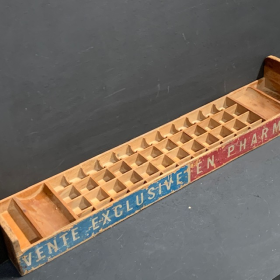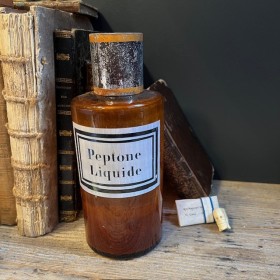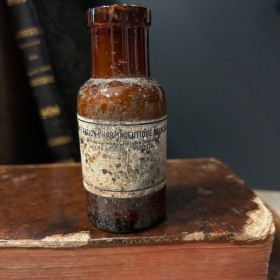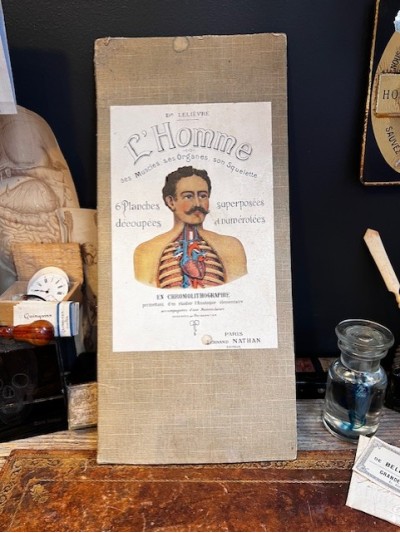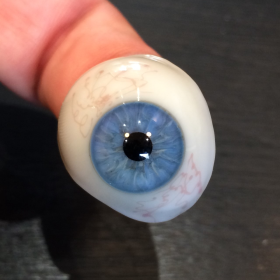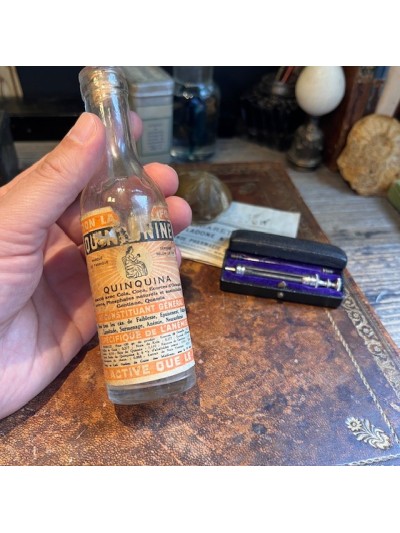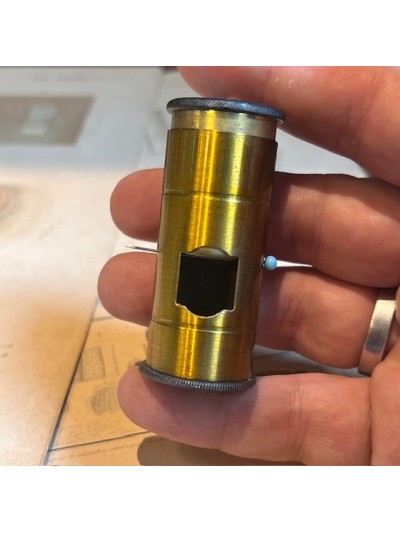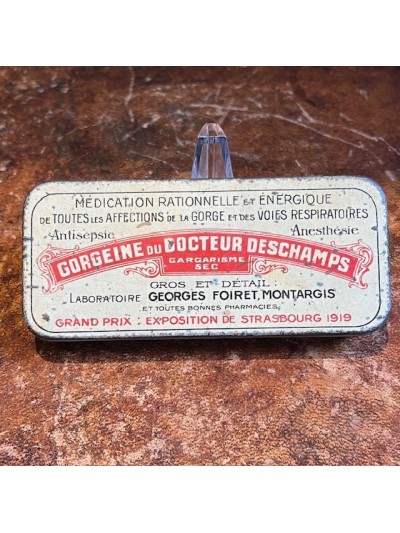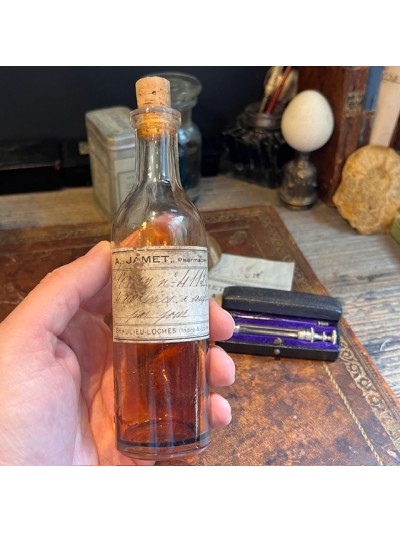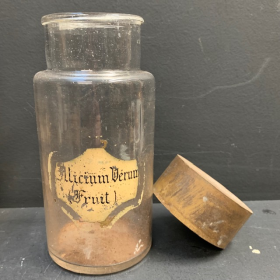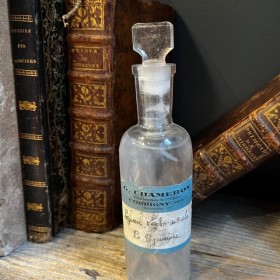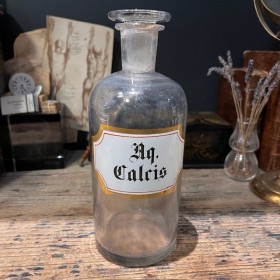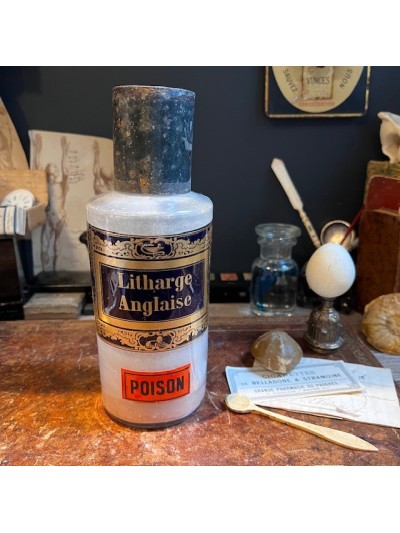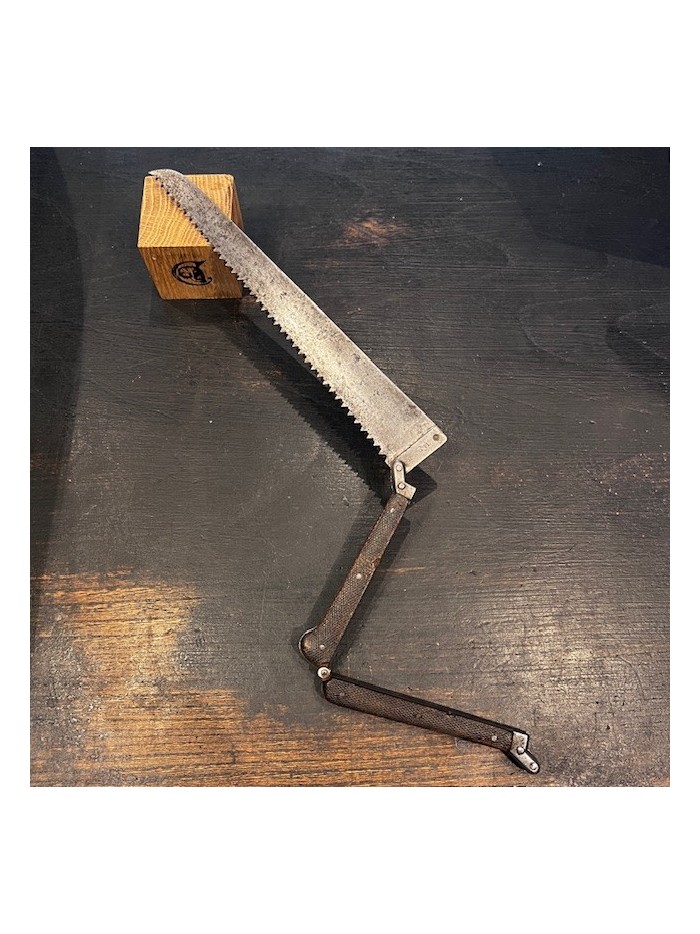

Rare military folding amputation saw - 18th century inspired model, late 19th century German manufacture - DRGM
Rare military folding amputation saw - 18th century inspired model, late 19th century German manufacture
Late 19th century German reinterpretation of a pre-existing British model from 1780
Witness to a transition between two eras of military surgery
Description
Rare military folding amputation saw - 18th century inspired model, late 19th century German manufacture
Exceptional folding surgical saw with two articulated arms, inspired by 18th century British military models.
This type of instrument was designed for operations on the battlefield, in particular to facilitate transport in a military surgeon's kit.
This piece is quite fascinating, as it is based on a pre-existing British model from 1780 with the inscription ‘D.R.G.M.’ (short for Deutsches Reichsgebrauchsmuster), indicating a design protection registered in Germany from 1891.
It is therefore very likely to be a German reinterpretation of the late 19th century, but very faithful to the British model of 1780.
Subsequently, German pioneer saws were manufactured, always for the army and that resemble them. The difference is a small ring that is not on the surgical saws but is on the pioneer saws to hang them.
Features:
Wide-toothed steel blade, typical of amputation saws.
Double articulated handle in engine-turned ebony for a secure grip.
Functional, compact and robust folding mechanism.
D.R.G.M.’ engraved at the base of the blade.
Unfolded length: 32.5cm
Condition: old patina, traces of use, very authentic.
Historical context:
This type of saw was used for quick amputations, particularly in war or campaign situations.
The use of guilloche wood and the shape of the blade are reminiscent of a craft that predates modern aseptic requirements, as wood was abandoned in the 1880s for hygiene reasons, particularly in France following Pasteur's discoveries.
This German version is a rare example of the transition between two eras of military surgery.
An identical model was used by British military surgeons in 1780 (Reference Book: Antique medical instrument by Elisabeth Bennion, figure 5 page 20).
